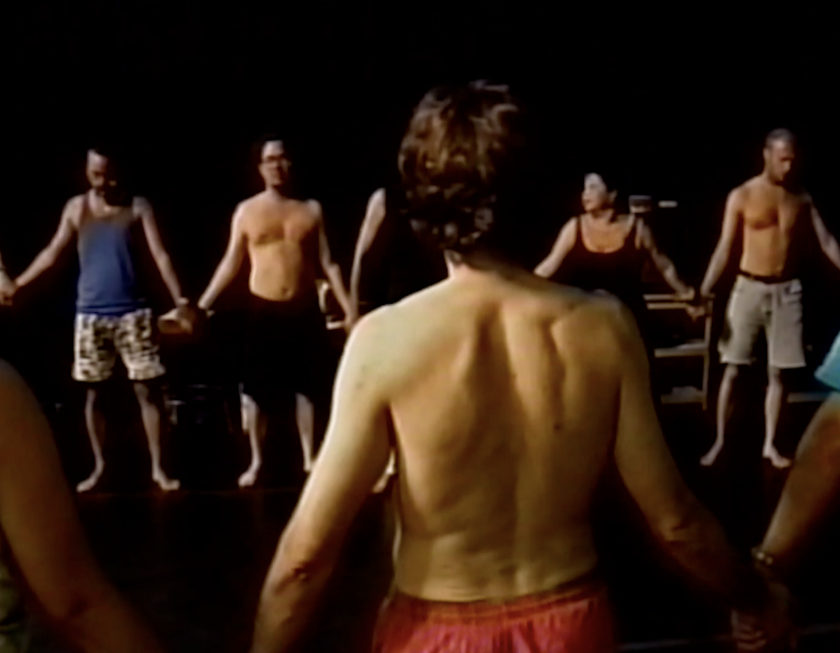Vassilis Kroustallis reviews the queer doc on bodily modification and the modern primitives 'A Body To Live In'.
How provocative (and at the same time) fascinating and influential can you get? Body performance artist and teacher Fakir Mousafar (born Robert Loomis, 1930-2018) is the subject of the engrossing doc -and a first primer in its subject's legacy- documentary 'A Body To Live In' by director Angelo Madsen (formerly known as Madsen Minax), screened at the Queer Lisboa 2025 documentary competition.
One of the films in which the viewer discretion sign is well-placed, 'A Body To Live In' unfolds a richness of material from the person who almost singed-handedly became a leader in the then-forming underground BDSM San Francisco scene (the 'Gauntlet' shop being the first of its kind in the body modification movement). While the film starts from both the teenager and the dying Mousafar in its screening time (coming closer to death seems closer to the higher consciousness elevation that his practice propagated), it follows otherwise a linear (but rich) story of the modern primitives movement shaped also the contemporary world -and the meaning of the world queer in the meantime -the Re/Search book 'Modern Primitives' appeared in 1989.
Candid and daring at the same time, the film is a haven of previously unseen videos (Madsen spent almost 15+ years researching Mousafar and his legacy) and, at the same time, a cautious eulogy of a pioneer who never wanted to be seen as that. 'A Body To Live In' spends considerable time grounding a spiritualist practice behind even the most risk-taking bodily operations (and opposes them to the art for art's sake concept of Stellarc, for instance). 'A Body To Live In' shies away from queerness as extreme bodily violence, but attempts to ground it in an original spirituality and a group ritual, hopefully the high path to consciousness.
A Body to Live In trailer (viewer discretion advised)
The documentary is rich with interviews from Musafar's collaborators, including his wife, Cléo Dubois, Annie Sprinkle, Ron Athey, Jim Ward, and Midori. It also tracks down the story of the movement in the AIDS epidemic years; the group's views seem to be expressive of the collective grief of losing their loved ones -their 'alternative' healing practices, if any, are very briefly mentioned. The modern primitives also got within the same decade into a big furore with the Native Americans, being accused of culturally appropriating their own spiritualist practices, an aspect that 'A Body To Move In' spends an adequate amount of time trying to preserve intact Mousafar's legacy as the well-meaning artist, performer, and white man deeply inspired by shamanism.
The adjective 'queer' is here perfectly applied to what could not have been that removed from your ordinary 'boy meets boy', 'girl meets girl', etc. concept; it works more like a gravity-free concept. And, even though same-sex and group sex relationships are present, queerness emerges as the letting go of very uncomfortable situations (in one case, a participant has to let go of her early rape incident). This well-rehearsed document is more than your average underground culture chronicle, which moved into the 90s, giving rise to a ruthless commercialization that has made piercing our everyday practice. It instead supports queerness as a spiritual alternative to viewing the body in an extraneous, physically minded way; 'Body is the door to Spirit' is the memorial bench for Fakir Mousafar in Byxbee Park, Palo Alto. 'A Body to Live In' powerfully brings this underground cultural scene into our contemporary queer surface.
'A Body to Live In" screened (Documentary Competition) in the 2025 Queer Lisboa programme
Vassilis Kroustallis

